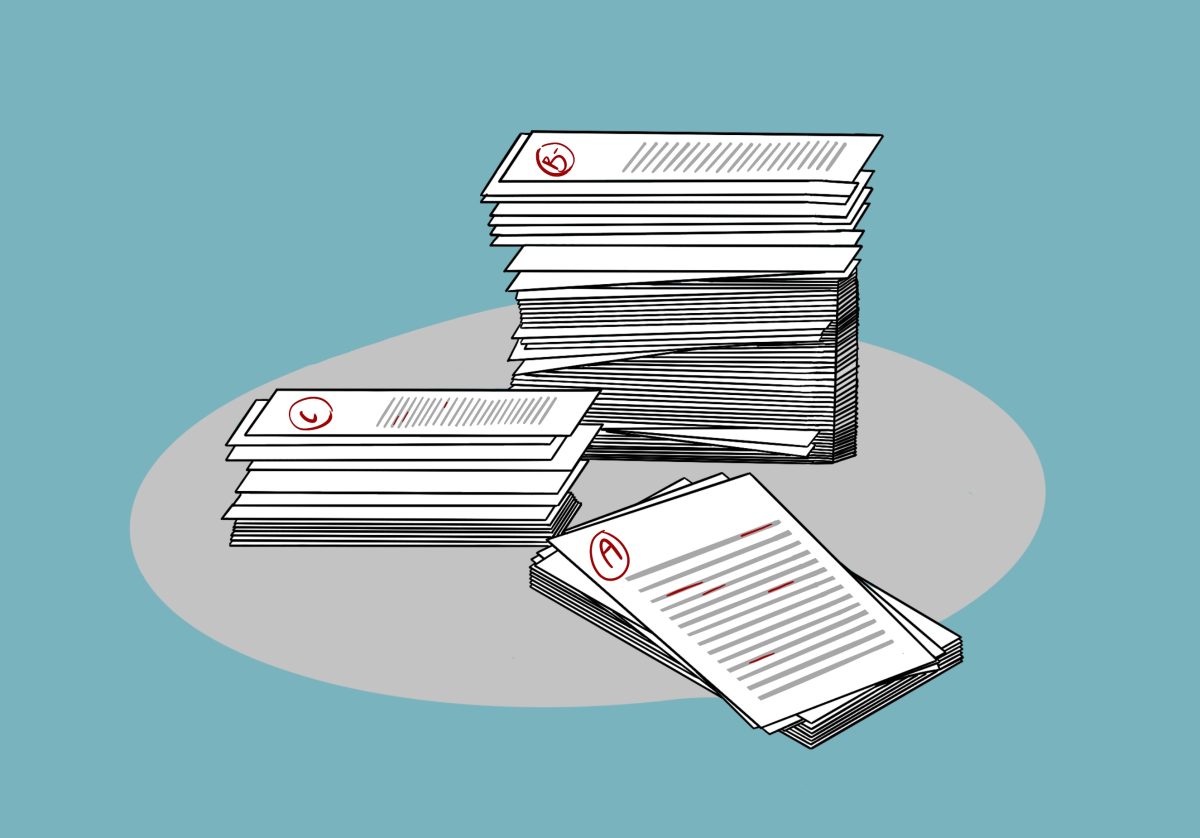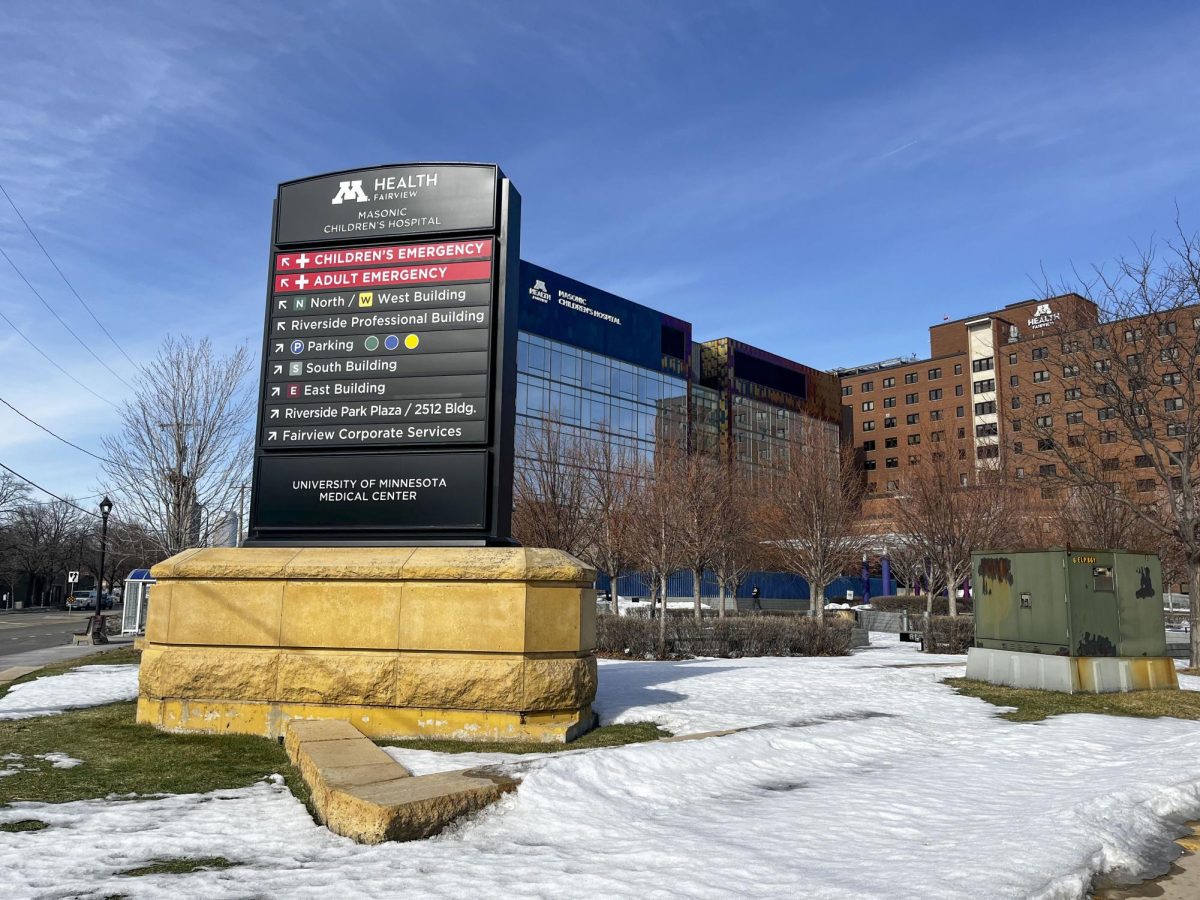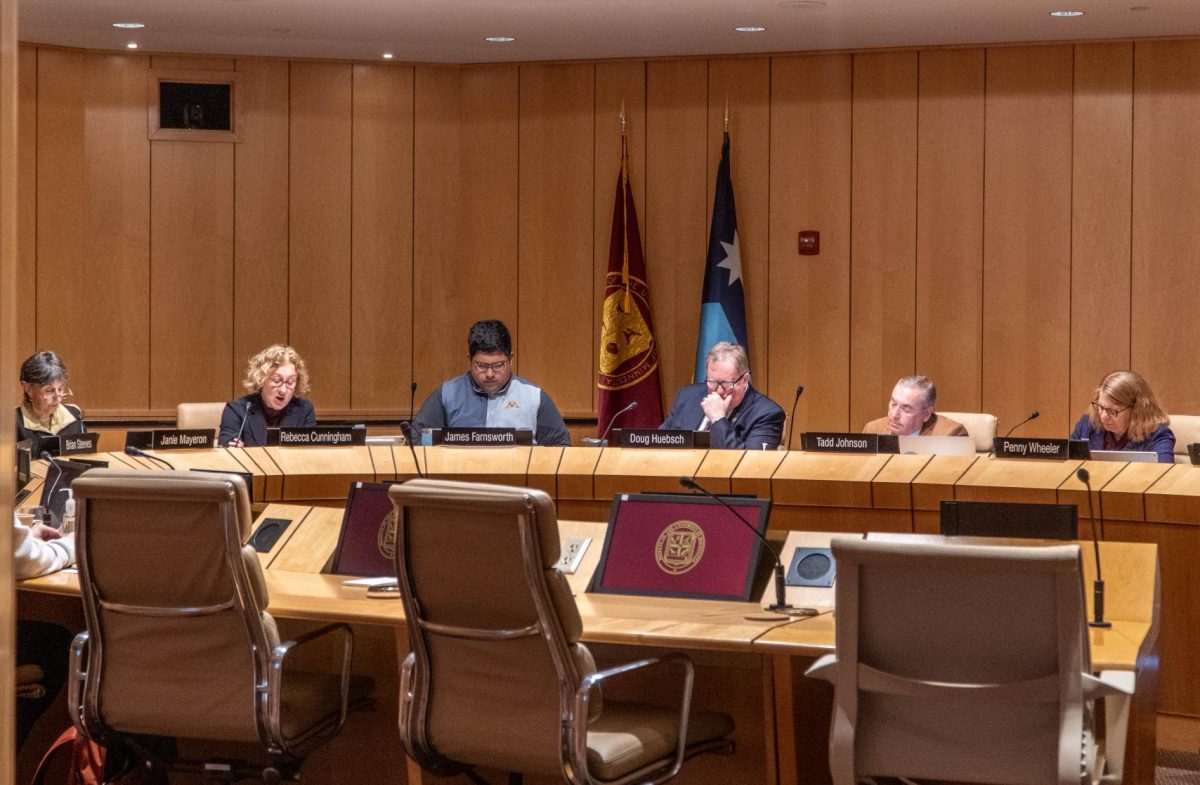The University of Minnesota will hold finals this spring during the first week of May, and what they look like depends on the department, the course and the professor.
There is no blanket policy on what exams look like, but they can be proctored online or given in person and can take the form of essays, written exams or scantrons.
According to Lee Penn, the director of undergraduate studies for the chemistry department, common exams are often held for courses with high enrollment and multiple sections. Common exams are collaborative efforts within groups of instructors that teach different sections of the same course.
A benefit of common exams is that more people reviewing the questions reduces the chance of mistakes, Penn said.
“Sometimes I write a question and people are like, ‘I don’t even know what you’re asking,’” Penn said. “I love common exams.”
Penn said the School of Physics and Astronomy started using common exams for finals in many of their physics courses.
According to the University’s exam schedule, common exams are scheduled during finals week and bring together several classes and their sections. For the physics exam this spring, there will be seven different courses in attendance for finals, including introductory college physics.
“A couple of years from now I’m hoping that if you agree to teach a section of class X, then you’re agreeing to the common exam structure,” Penn said.
Sarah Chambers, the chair of the history department, said courses she taught typically have a greater emphasis on writing, which means fewer scantrons and more reading than science courses.
Chambers said she prefers to give take-home exams for finals rather than holding them in person because they reduce her workload and make for higher-quality writing.
“It’s more interesting for me to read the final exams where they’ve had time to think about it and gather their thoughts and type it out rather than scribbling in a book,” Chambers said.
Some professors in the history department do not assign a final at all, instead opting to assign a final paper that’s due the last day of class, Chambers added.
Stacy Tiball, the associate vice provost of academic support resources, said in an email to the Minnesota Daily that exams can be held during the last day of class, but cumulative or final exams should be held during the scheduled finals week.
Final exam periods are normally two hours long and can be done in person or asynchronously as a take-home exam, according to the University’s exam policy.
Final exams this spring semester will be held May 2-4 and May 6-8.














